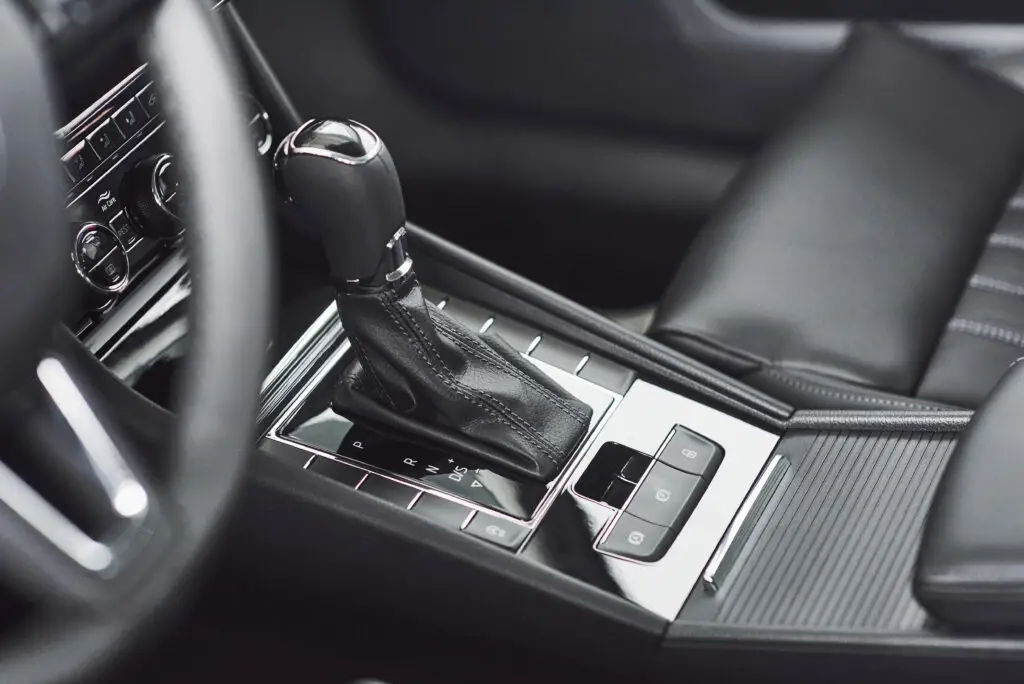Wondering if you can drive a car with a broken drive shaft? A drive shaft is a critical component of your car’s drivetrain, transferring power from the engine and transmission to the wheels. When it breaks or malfunctions, you might wonder: Can I still drive my car?
The short answer is no, and attempting to do so can lead to further damage or even put you at risk. Let’s dive into why this is the case and what you should do if you suspect a broken drive shaft.
What Is a Drive Shaft and Its Purpose?
A drive shaft is a rotating cylindrical component that connects the transmission to the wheels. Its primary function is to transmit torque, enabling the wheels to turn and move the car. Drive shafts are commonly found in:
- Rear-wheel drive (RWD) cars: Connect the transmission to the rear differential.
- Four-wheel drive (4WD) and all-wheel drive (AWD) cars: Transfer power to both front and rear axles.
- Front-wheel drive (FWD) cars: Use smaller shafts called CV axles to transmit power to the front wheels.
A damaged drive shaft disrupts this critical power flow, rendering the car either immobile or unsafe to drive.
Symptoms of a Broken Drive Shaft
If your drive shaft is damaged, you’ll likely notice one or more of these warning signs:
- Unusual Vibrations:
- Excessive vibrations from underneath the car, especially during acceleration, can indicate an imbalance or a failing U-joint (universal joint) in the drive shaft.
- Clunking or Knocking Noises:
- A failing drive shaft may produce loud clunking sounds, particularly when shifting gears or changing speeds.
- Difficulty Turning:
- A malfunctioning drive shaft can make steering harder or less responsive.
- Loss of Power to Wheels:
- In severe cases, a broken drive shaft may completely prevent power from reaching the wheels, leaving the car immobile.
- Visible Damage:
- If you inspect underneath your car and see a bent, cracked, or disconnected drive shaft, it’s a clear indication of a problem.
Why You Shouldn’t Drive With a Broken Drive Shaft
Driving with a broken drive shaft is not only dangerous but also potentially damaging to your car. Here’s why:
- Complete Loss of Power:
- If the drive shaft fails completely, your car will lose the ability to transfer power to the wheels, leaving you stranded.
- Safety Risks:
- A broken drive shaft can cause instability, making the car difficult to control. In some cases, it could even detach while driving, posing a hazard to you and others on the road.
- Damage to Other Components:
- Driving with a malfunctioning drive shaft can strain other parts of the drivetrain, such as the transmission, differential, or CV joints, leading to costly repairs.

What to Do If You Suspect a Broken Drive Shaft
If you suspect your drive shaft is broken or damaged, follow these steps:
- Stop Driving Immediately:
- Pull over safely to avoid further damage or potential accidents.
- Call for Roadside Assistance:
- Contact a towing service to transport your car to a trusted mechanic or repair shop.
- Get a Professional Diagnosis:
- A certified mechanic can inspect the drive shaft and related components to confirm the issue and recommend repairs.
- Repair or Replace the Drive Shaft:
- Depending on the extent of the damage, the drive shaft may need to be repaired or replaced entirely. Costs can vary depending on the type of vehicle and the severity of the issue.
Preventing Drive Shaft Damage
While some drive shaft issues are unavoidable, regular maintenance can help extend its lifespan and prevent failures:
- Inspect Regularly: Periodically check for signs of wear, such as cracks or rust.
- Replace Worn U-Joints: Address any issues with universal joints early to prevent further damage.
- Balance the Drive Shaft: Ensure the drive shaft is properly balanced to avoid vibrations.
- Drive Carefully: Avoid aggressive driving and off-road conditions that can strain the drivetrain.
Final Thoughts
Driving with a broken drive shaft is unsafe and should be avoided. If you notice any symptoms of a failing drive shaft, it’s crucial to stop driving immediately and seek professional assistance. Regular maintenance and timely repairs can help you avoid costly damage and keep your vehicle running smoothly.
Remember, the drive shaft is a vital part of your car’s drivetrain—take care of it, and it will take care of you on the road. Need help understanding drive shaft repairs or maintenance? Let me know in the comment section, and I’ll provide more tips and guidance!
Discover more from Chikwem
Subscribe to get the latest posts sent to your email.